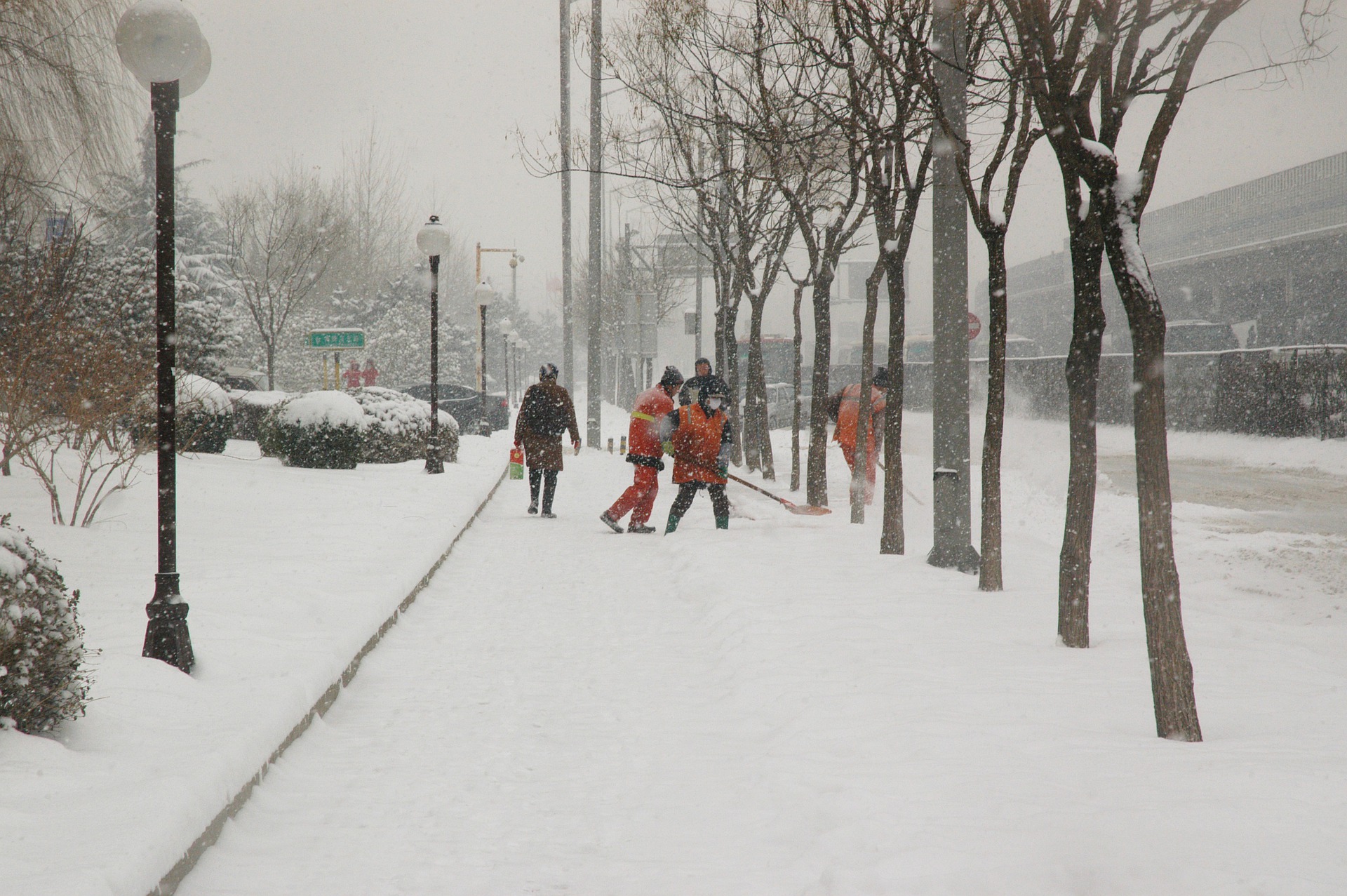A brief guide to protecting your staff over the winter months

Employers have a legal duty to protect their employees at all times while they are at work. During the winter months, this responsibility is even more important because of the heightened risk and dangers that staff contend with on a daily basis – particularly those who work predominantly outdoors or in the trades. More emphasis should be placed on protecting and supporting your workforce over the winter to ensure that you limit lost productivity and capacity in your workforce, as well as protect your workers’ health and wellbeing. In this simple guide, we’ll outline the key areas you should be considering with regard to keeping your employees safe over winter.
Warm and waterproof clothing
Perhaps the biggest threat during winter here in the UK is cold and freezing temperatures. The risk of hypothermia and frostbite is a significant one and it can cause lasting or even fatal damage to anyone. Any workers that are likely to be exposed to unregulated working environments and temperatures should be supplied with appropriate warm clothing, or instructed and supported in acquiring their own to protect their health while on the job. These could include thermal hats, gloves, socks and underlayers. Rain is another element that outdoor workers have to contend with regularly during winter. Prolonged periods in wet or damp clothes can further increase the risk of hypothermia and other health concerns, even more so when combined with cold temperatures.
Personal protective equipment
Personal protective equipment is a fundamental element of any work environment, but certain precautions are of even greater significance during winter. Rain, ice and snow can create slippy surfaces – creating a greater need for stable and secure footwear. Shorter days also mean that hazards surrounding visibility arise during the winter months – making head torch lights and hi-vis clothing essential for workplace and public safety. Many hi-vis items such as jackets and fleeces are warm and waterproof too, making them very valuable for anyone working in cold and dark environments during winter.
Hygiene and sickness reporting
Health and safety concerns don’t end with the physical and environmental risks that are more prevalent in winter. It’s also cold and flu season, meaning that effective hygiene and sickness reporting procedures should be one of your top priorities. Indoor and outdoor work environments are both susceptible, so you should encourage sick employees to stay away from work – otherwise, you could risk losing even more of your workforce to illness. Hand sanitising stations are commonplace since the pandemic but these should be found around your office or warehouse space to ensure that people are cleaning their hands regularly.
These are just some of the fundamental ways that you should be looking to protect your workforce during winter. Each workplace will have its own challenges and concerns, so tailor your approach to your specific work environment and you should be better able to protect your workforce.




